Director Max Hollein on the 2016 exhibitions at the SCHIRN: Visitors can look forward to rediscoveries, profound insights and unusual juxtapositions.
Before you read this, close your eyes for a moment and think about Miró. Yes, Joan Miró – one of the greatest artists of modern times. And what do you see? Perhaps blue, a lot of blue, and a rich red, contours in black, and shapes, lines, points, circles and perhaps even signs and symbols: stars, eyes and moons? But what don’t you see? What is beneath the surface? And how big can a picture even be? In our first exhibition of 2016 we are dedicating ourselves to the large-format works and the backgrounds and materials that typify Miró’s paintings and with which he worked. He was fascinated by the wall, with the beauty of its defects and random tracks and traces. He often depicted walls and, at the same time, they served as an ever recurring inspiration to him, as they primarily determined the material properties of his works. With “Joan Miró. Painting Walls, Painting Worlds”, we take a look at half a century of large-scale painting by the Catalan artist: large, freeze-like paintings or works on sandpaper, roofing felt or raw jute. Powerful, monumental and emphatic. When we think of Miró, we often think we have already seen it all. We are familiar with this great painter’s major works from visits to the world’s great museum collections and from reproductions in dental practices, but the fact that there are themes and aspects yet to be extensively observed and researched even among the great masters of recent art history is both surprising and challenging at the same time. Time and again the SCHIRN dedicates itself to such aspects in the oeuvres of established proponents of art from the nineteenth and twentieth centuries. In this respect, this much I can promise: the exhibition will open up a new perspective on Miró’s painted worlds – and all in extra-large!
It was the photo of the night: Ellen DeGeneres’ selfie from the Oscars 2015. It went all the way around the world, being splashed across countless front pages along the way: impressive. In these days of Facebook, Tinder and Instagram, self-presentation is a mass phenomenon within a culture of making an impression. The way we present ourselves, how we are represented and pose, how we present ourselves online and how we are reproduced are signals of how we get pigeonholed socially. With the thematic exhibition “ME”, we take a look at how the traditional genre of the artist’s self-portrait has transformed during our times, at how other, unorthodox forms have developed and thus somewhat oppose the urge to present oneself in our society, reacting to it and penetrating it more deeply. The self-portrait, a genre that has a centuries-old lineage in the visual arts, is now consigned to history. Photography and, most importantly, the digital culture have not only expanded possibilities for artistic self-presentation, but revolutionized them from the bottom up. Our exhibition presents forty artistic positions from painting, video, sculpture and performance. We follow these iconoclasts on their search for a contemporary form of self-presentation. Alongside Sarah Lucas, Alicja Kwade, Rosemarie Trockel, Pawel Althamer, Günter Förg, Wolfgang Tillmans, Abraham Cruszvillegas and Ryan Gander, Florian Meisenberg is also represented. In the exhibition we are able to follow him everywhere he goes via smartphone livestream. As part of our digital art projects, the New-York-based German artist will provide us with an intimate and bizarre self-image by means of a complex collection of data including heart frequencies, geo-data and image material.
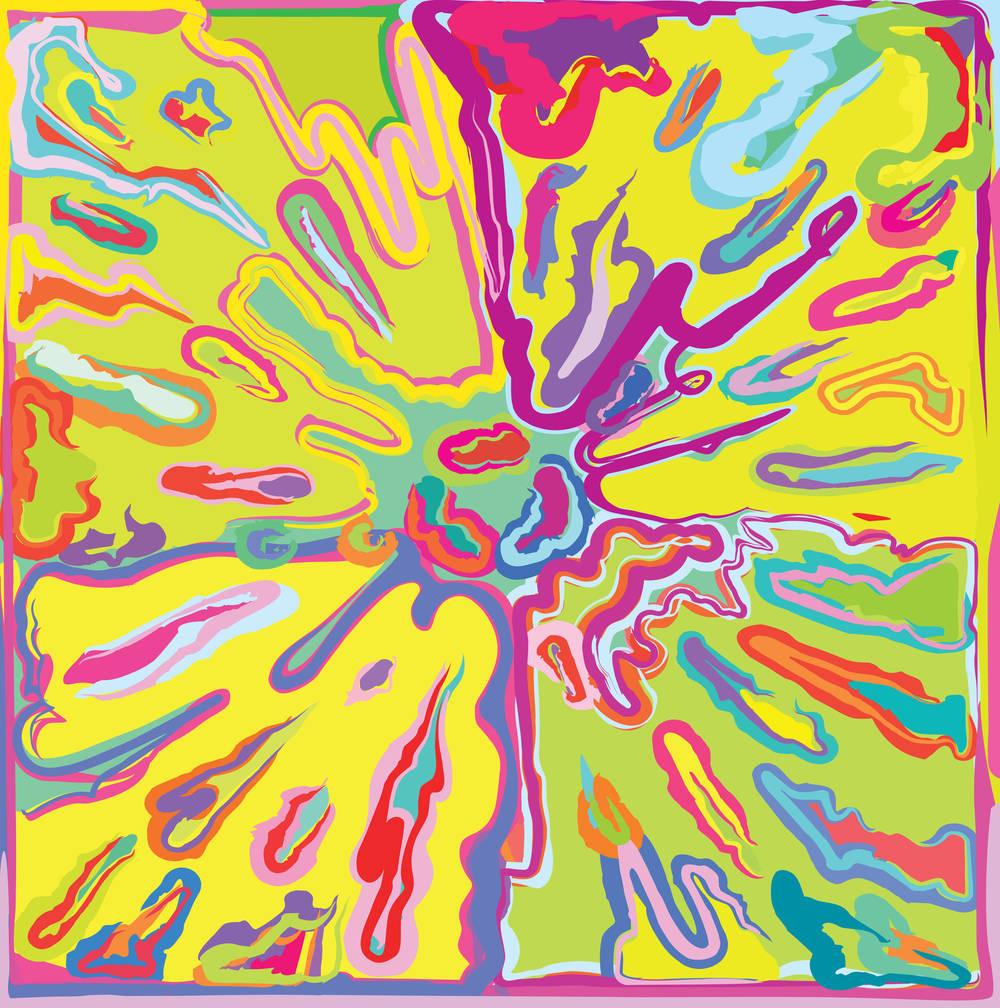
Be it Barbara Kruger’s text/image space, Daniele Buetti’s color hypnosis, Andreas Schulz’s fluorescent lines of peas, Alicja Kwade’s oscillating clock, Doug Aitken’s “Sonic Fountain” or Heather Phillipson’s homage to the human heart – over the last few years the Schirn’s Rotunde has strongly emerged as an original, challenging venue for complex contemporary large-scale projects. This year, we have again invited two artists to develop an imposing work for the much frequented, transitory area between the Römer and the Dom: starting us off is American artist Peter Halley, the rigidity and seismographic power of whose work has impressed me tremendously for decades. Halley gained fame in the 1980s with his geometrically abstract, socially coded images Prison and Cell Paintings. With his paintings and site-specific installations, he casts a critical eye over the spatial, communication and organisational structures that dominate everyday life. In these days when our lives are dictated by the algorithms of the digital industry and the structures of a matrix-like interconnected world of data and goods flows, we find ourselves in the middle of a Halley-like composition. The artist is to change the Rotunde into a gigantic Cell, which corresponds to a digital explosion and an analytical map of his oeuvre. We can look forward to a work that could barely be bigger, richer in detail or more expansive.
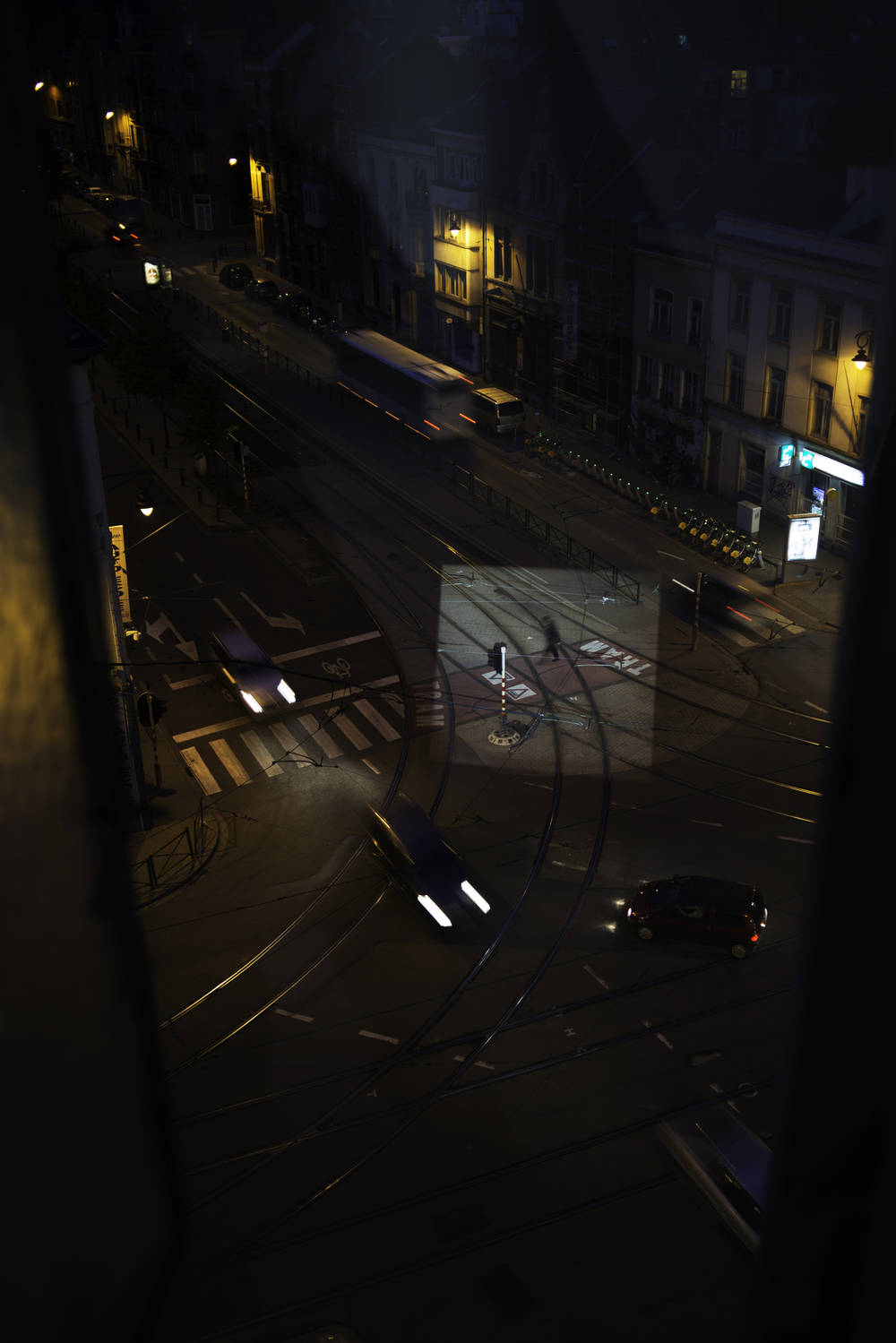
At the core of the work by Italo-German artist Rosa Barba, who will be exhibiting in the Rotunde in the autumn, lies film: as a medium, a material and a metaphor, as a narrative form and as a defining foil of the visual culture of the twentieth century. Barba produces her films in traditional 16mm and 35mm formats, often filming in remote locations and interweaving documentary and fictional elements to create fantastical suggestions. Her sculptural objects and spatial interventions also continually pick up on aspects of film language and hover in the area between material and immaterial presence.
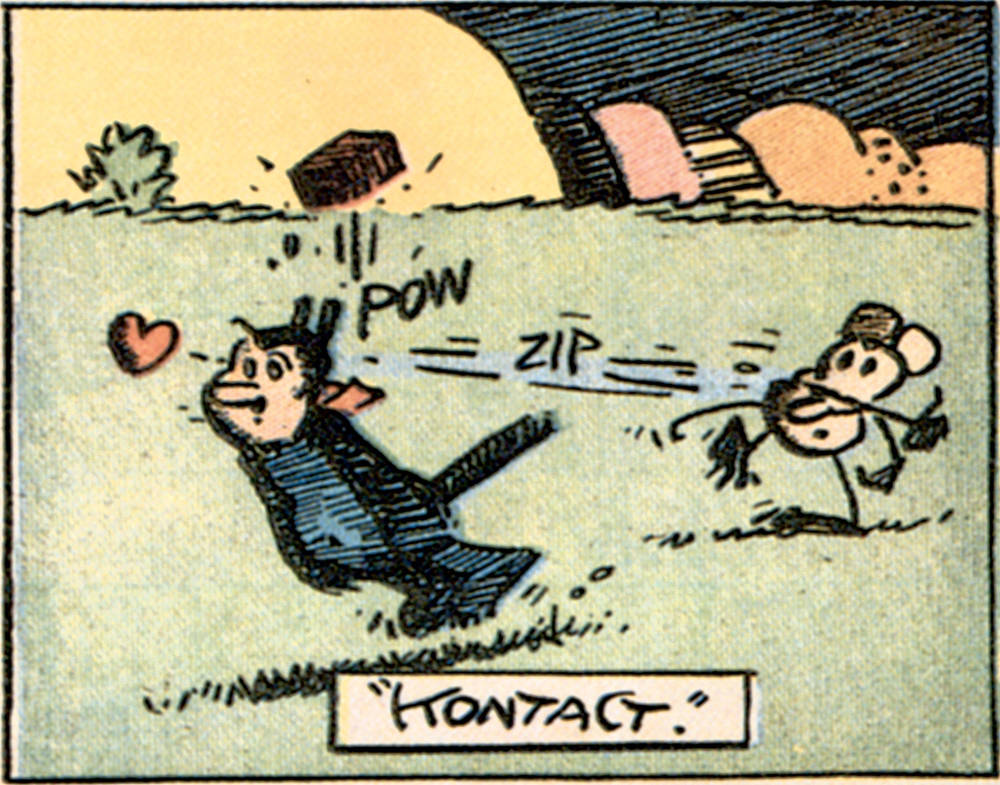
The comic: the first pictorial mass media in history, reproduced millions of times over. In a society without television or Internet, it was a revolutionary medium. At the beginning of the 20th century the comic conquered the American newspapers. But who were the most ground-breaking illustrators who set the artistic and content-related standards of the early comics with their progressive approach and joy in experimentation – and thus brought great art in a small format to a mass audience? The SCHIRN is revealing the most original and creative “Pioneers of the Comic Strip”; artists who, with their fantastical and at the same time reality-based stories, comical figures and characters, brought citizens, workers and immigrants alike under their spell and almost unwittingly established a new art form. And even today we can’t help but laugh at George Herriman’s absurd humor in Krazy Kat or be fascinated by the remarkable pictorial worlds of Winsor McCay and Cliff Sterrett. Also very memorable is Lyonel Feininger’s comic series for the Chicago Tribune or the first “On Kawara” of the comic world: Gasoline Alley, the comic by Frank King unfolding over three decades of real time. Alongside all the well-known comic illustrators, there were many who created outstanding comics but who, due to a lack of success, soon disappeared from the scene. Charles Forbell was one of these. Visitors to the SCHIRN can marvel at his “Gesamtkunstwerk” Naughty Pete over the summer.
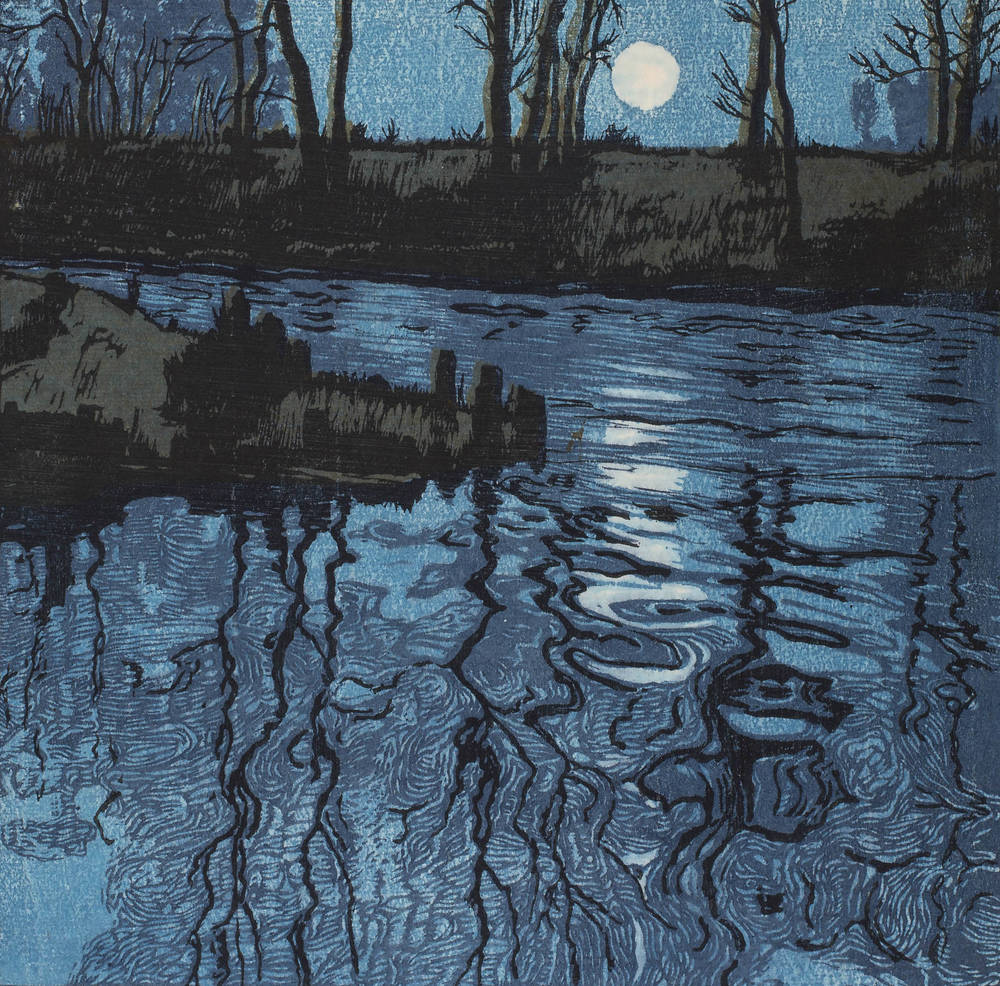
During the summer we are also celebrating a premiere with the exhibition “Art for All”, in which we will be showing impressive colored woodcuts from Vienna dating from the first two decades of the 20th century. It is a little known fact that the color woodcut experienced something of a ground-breaking renaissance across all of Europe at the beginning of the 20th century, a breakthrough that has largely been ignored – and I as a native of Vienna must admit that in preparing the project my eyes were opened to these masterpieces by all the discoveries I made. This is reason enough for the SCHIRN to dedicate a special exhibition to this phenomenon. In Vienna, numerous important members of the Viennese Secession and some artists now almost forgotten revived the color woodcut with originality and enthusiasm. Around 170 works – including some that make use of related techniques like linocuts or stencil prints – will provide a fascinating overview and will also make the aesthetic and social achievements of the colored woodcut clear for the very first time. The exhibition simultaneously clarifies just how significant a contribution colored woodcuts made to an art that aimed to capture every sphere of everyday life. At the time, as part of the “Art for All” movement, there were lively discussions about authenticity, originality and affordable prices, as well as about the creation of art beyond the ivory tower. These are themes that are no less relevant today: you only need think about new records set on the art market, the issue of value, or how the accessibility and openness of art are developing in our society.
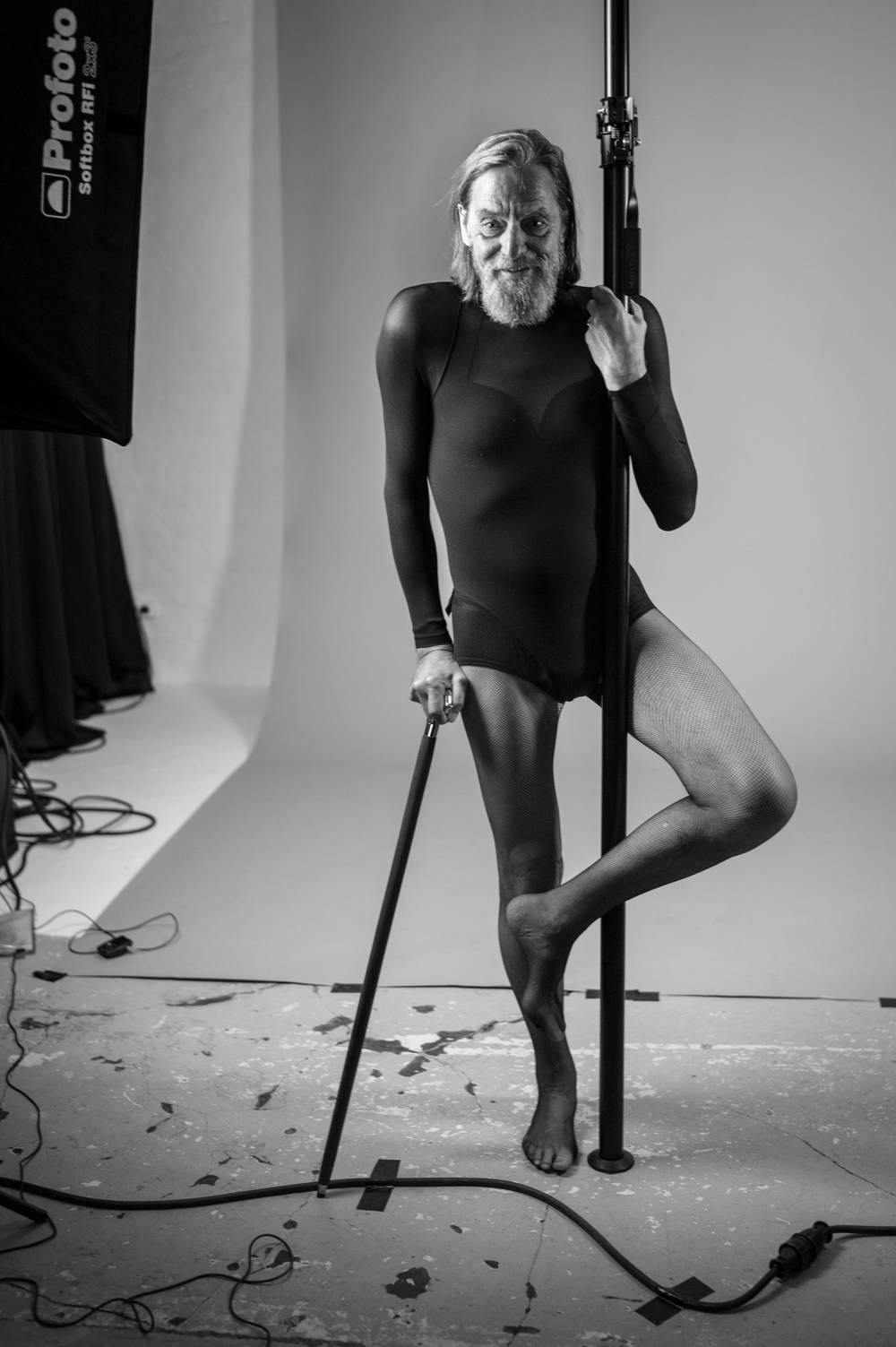
There are and were very few artists able to bring together their own lives and art with the radicalism of Frank Uwe Laysiepen, better known as Ulay. In the autumn the SCHIRN presents the first large overview exhibition of this great protagonist of performance art. Ulay, whom many will know primarily as the former partner and artistic collaborator of Marina Abramović, therefore has good reason to label himself self-ironically as the “best known unknown artist”. Ulay’s work is complex, pioneering and radical – fifty years of strict artistic practice and a life lived for art. With his concept of transformation he continually creates new identities. One of his preferred media here is photography. For Ulay the instant picture triggered by the digital photograph is the material of his decades-long search for the representation of life. Still today his body serves as an object of research, on which various influences can be recorded and traced as if on a canvas. Alongside numerous individual actions of performance photography and body art, Ulay has also realised numerous projects with other artists, for example with Jürgen Klauke, Paula Françoise-Piso, and for twelve years with Marina Abramović. The SCHIRN brings together Ulay’s remarkable oeuvre: for this purpose Ulay has opened up his enormous archive, and is presenting numerous artworks for the first time in public that he has withheld for many years, and is also showing new works and performances he has developed specifically for the exhibition.
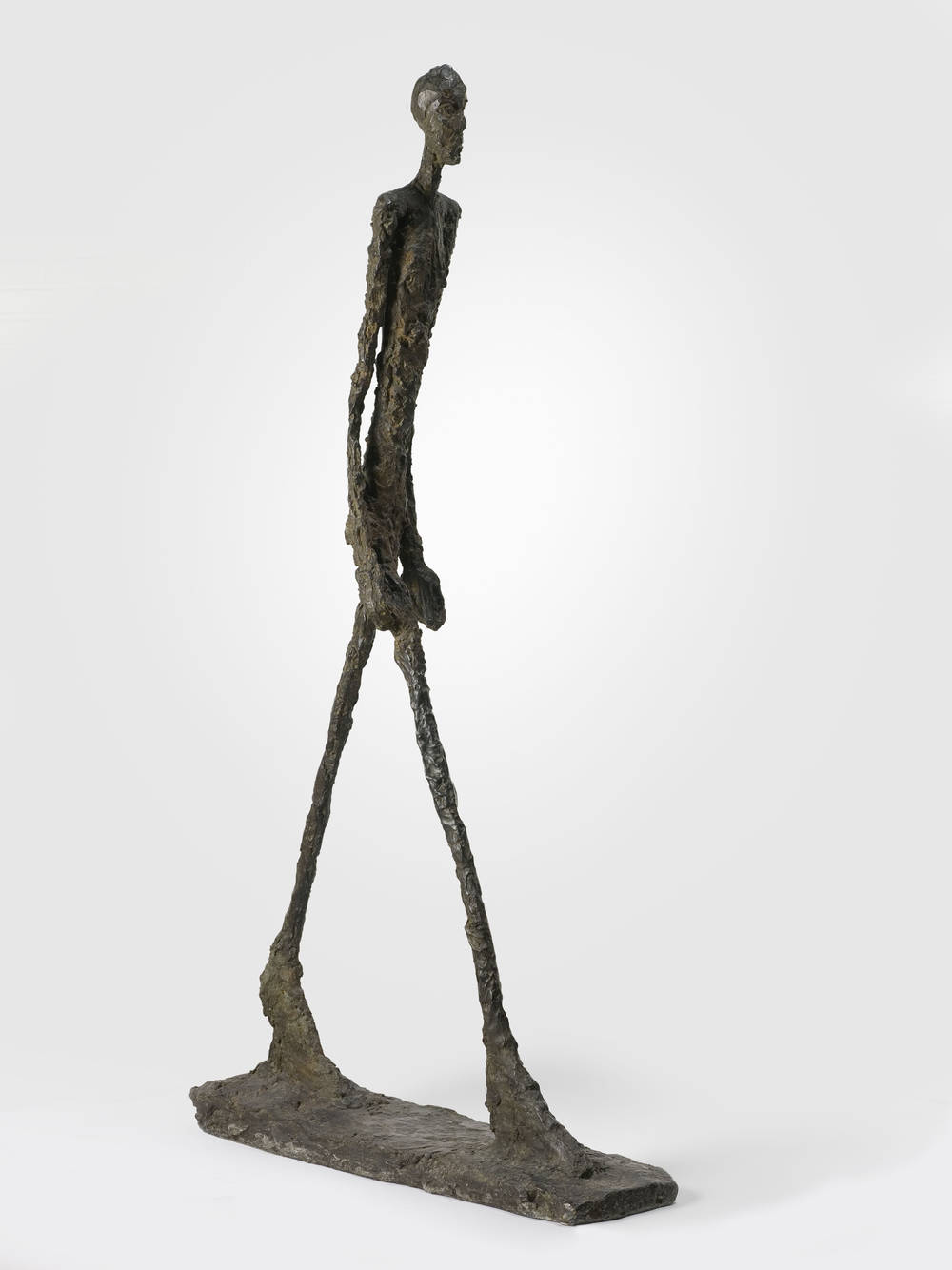
Towards the end of the year we will take a look at the surprising linkages between the oeuvres of Alberto Giacometti and Bruce Nauman. Although we are dealing with two artists, two generations and conceivably different origins, both of the oeuvres circulate around the image of man and the human condition, the question of man’s nature and his existence. A procedural approach likewise links their themes, such as the presentation of emptiness, the relationship between the figure and the space, or the fragmented body. In our large exhibition “Giacometti – Nauman”, we bring together around 80 works in a thematically arranged trail. Selected sculptures and paintings by Swiss sculptor Giacometti enter into a dialogue with the sketches, photographs, videos, sculptures and spatial installations by the American multimedia artist Nauman. We can look forward to seeing how this juxtaposition, equating to a confrontation, plays out. The signs are good: Giacometti, the universally loved master of Modern sculpture, can be recognized as the pioneer of key developments in art after 1960 and here he regains his previous radicalism, whilst Nauman’s historic significance as a sculptor becomes clear.
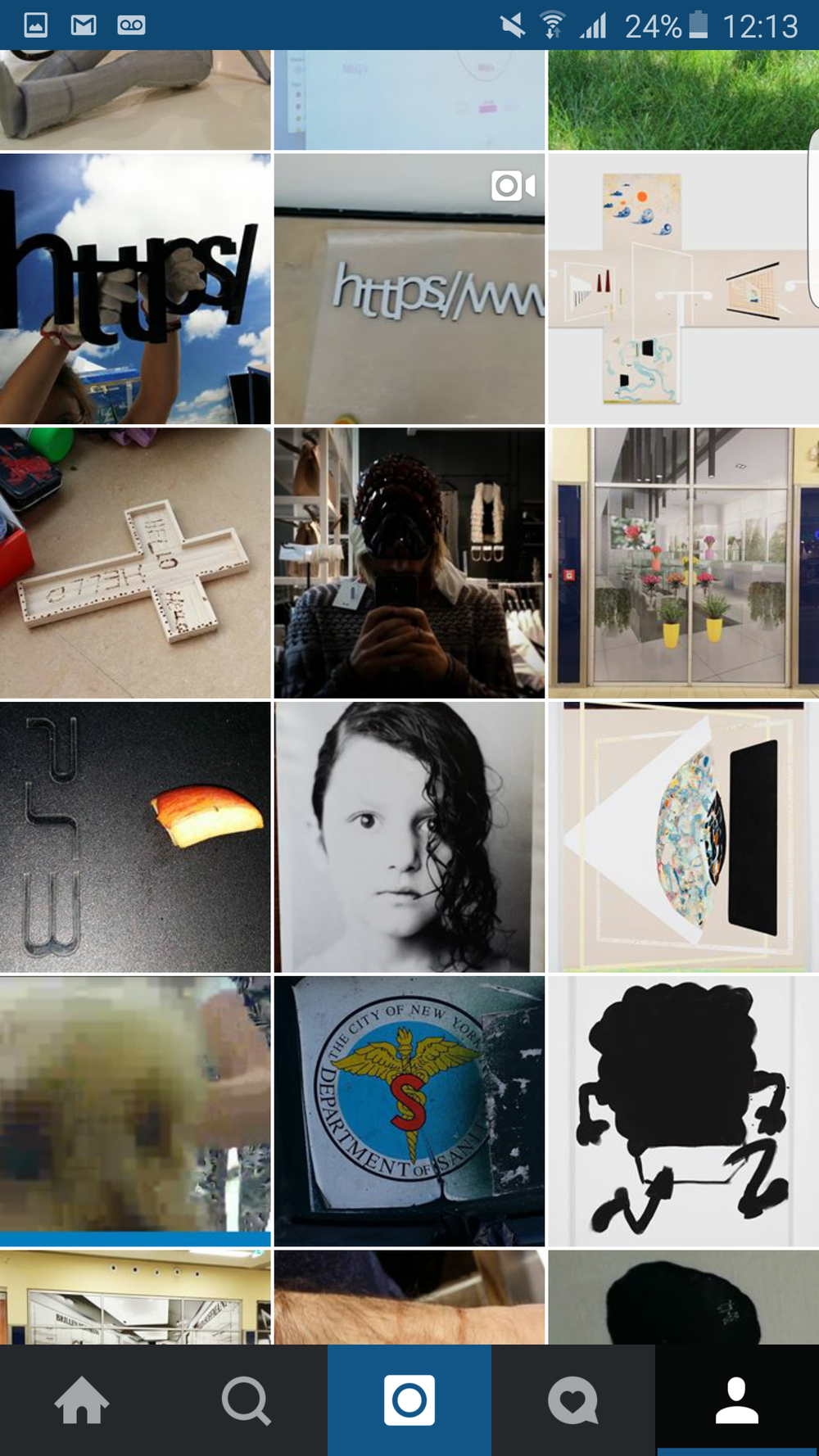
What we began successfully with Britta Thie’s Translantics and Constant Dullaart’s The Possibility of an Army 2015, we will now continue in 2016: expanding our exhibition space online. These two artistic positions, different as they are, could not be more in keeping with the times, and will be supplemented from March by Florian Meisenberg’s digital work as part of the ME-exhibition. And this year too, there will once again be the opportunity to get up close and personal to international artists in our monthly film series “Double Feature”, to discuss their latest video works with them and to join them in watching their favorite films.